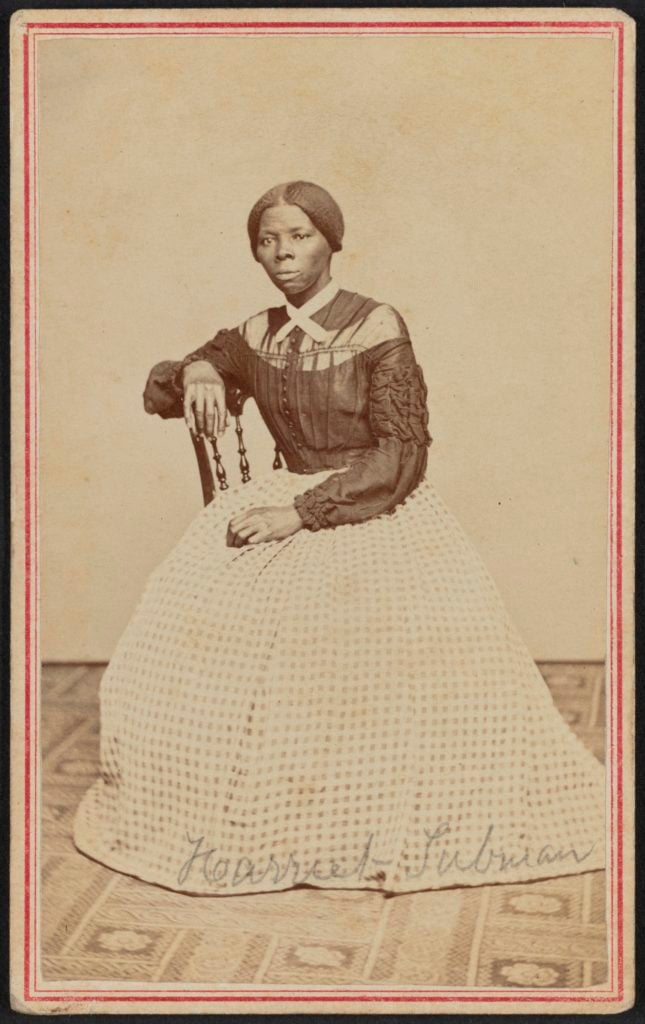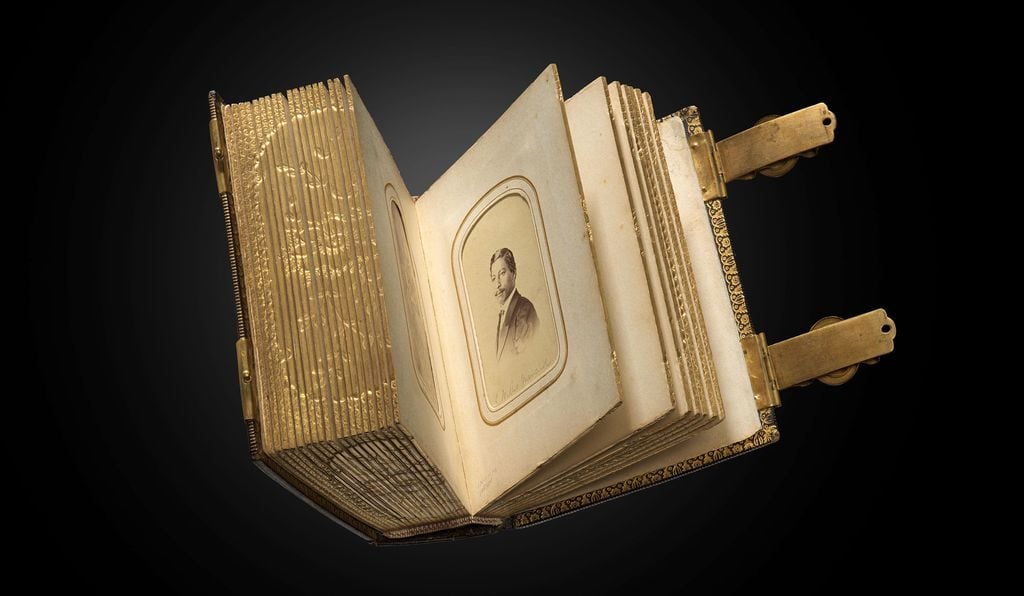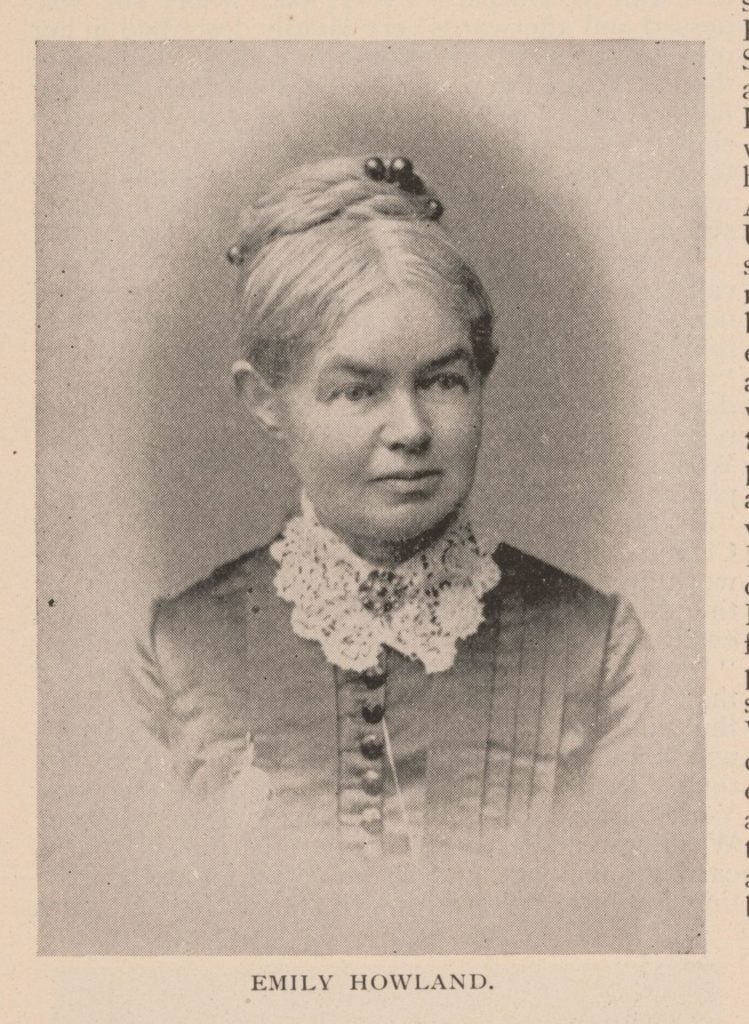On View
A Newly Uncovered Photograph of a Young Harriet Tubman Offers a Different View of the Abolitionist Pioneer
The photo is part of a historic collection of photographs of abolitionists and political leaders.

The photo is part of a historic collection of photographs of abolitionists and political leaders.

A never-before-seen photograph of Harriet Tubman as a young woman went on view today at the Smithsonian’s National Museum of African American History and Culture in Washington, DC.
“All of us had only seen images of her at the end of her life,” museum director Lonnie Bunch told the Smithsonian magazine. “She seemed frail. She seemed bent over, and it was hard to reconcile the images of Moses (one of Tubman’s nicknames) leading people to freedom. But then when you see this picture of her, probably in her early 40s, taken about 1868 or 1869… there’s a stylishness about her. And you would have never had me say to somebody ‘Harriet Tubman is stylish.’”
The photo is part of an album that belonged to the Emily Howland, a 19th-century philanthropist, educator, and abolitionist. The collodion print of Tubman—the escaped slave who famously became a leading abolitionist and organizer of the Underground Railroad—sits side-by-side with 44 albumen cartes de visite portraits and four tintype images of Civil War-era abolitionists, politicians, soldiers, and teachers.
The album also includes the only known photo of John Willis Menard, the first African American man elected to US Congress—although he was never permitted to take office. After his opponent challenged the election result, the seat was ultimately left empty.

John Willis Menard’s photograph in the Emily Howland album. Photo courtesy of the collection of the National Museum of African American History and Culture shared with the Library of Congress.
“Most of the people in this album are dynamic, committed, political figures, educators, individuals who have been really instrumental in improving the conditions for the American public,” said museum curator Rhea Combs to Smithsonian, describing the exhibition as “a chance to look at a young, determined Harriet Tubman, and understand that she is part of this kind of lexicon of a community of dedicated individuals both black and white, male and female, who have helped to ensure that America lives up to the promise and tenets upon which it was built.”
Together, the museum and the Library of Congress purchased the album from Swann Auction Galleries in New York. The book also features images of notable personalities of the day, such as Charles Dickens, Emperor Maximilian of Mexico, and famed little people Tom Thumb and his wife, Lavinia.

Emily Howland. Photo courtesy of the Library of Congress Prints and Photographs Division.
To better preserve this important historical document, the album has undergone conservation treatment at the Library of Congress, its photos cleaned and leather cover reattached. To date, all but three of the people portrayed in the photographs have been identified by researchers.
The album will be on special display through this weekend in the museum’s Heritage Hall before joining the ongoing “Slavery and Freedom” exhibition. (And visiting the museum is easier than ever on weekdays, now that timed-entry passes are no longer necessary after 1 p.m.)

Harriet Tubman’s photograph in the Emily Howland album. Photo courtesy of the collection of the National Museum of African American History and Culture shared with the Library of Congress.
“[Tubman’s] posture and facial expression remind us that historical figures are far more complex than we realize,” added Bunch in a statement. “This adds significantly to what we know about this fierce abolitionist—it helps to humanize such an iconic figure.”
The Emily Howland Photography Album is on view at the National Museum of African American History and Culture, First Floor, Heritage Hall, 15th Street and Constitution Ave., NW, Washington, DC, through March 31, 2019.